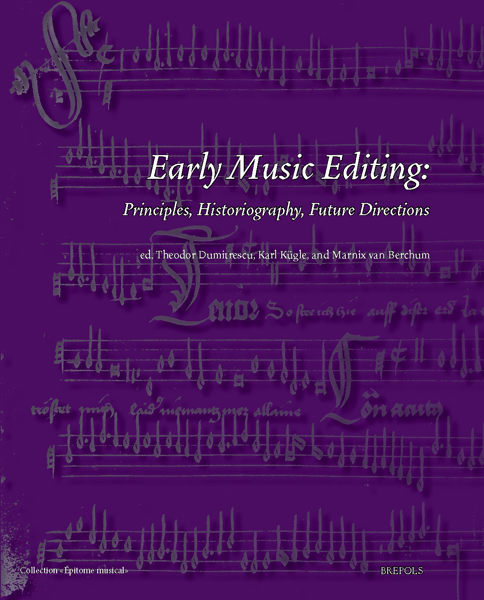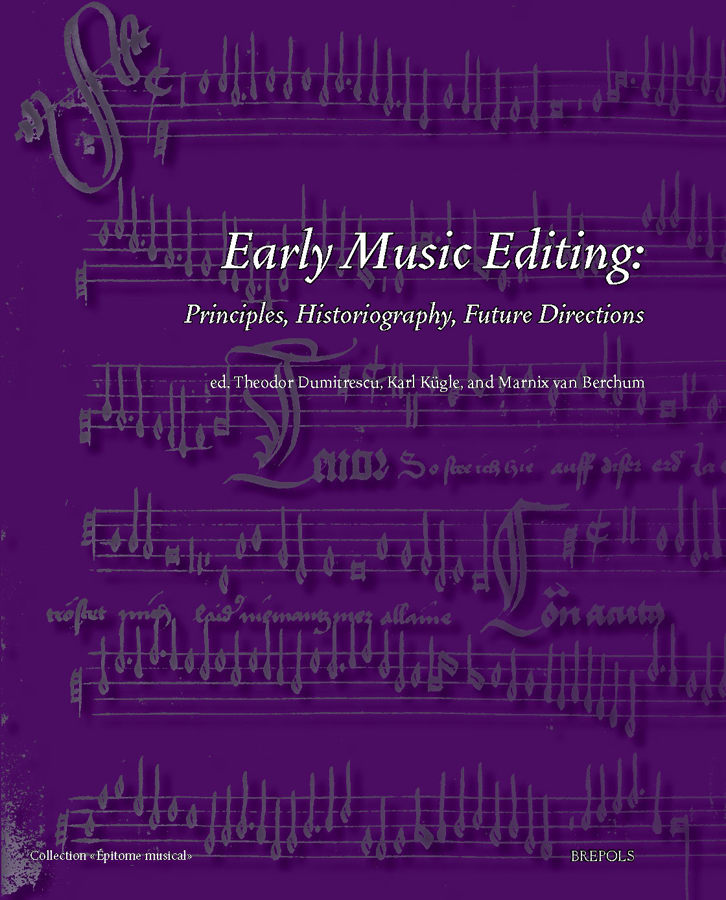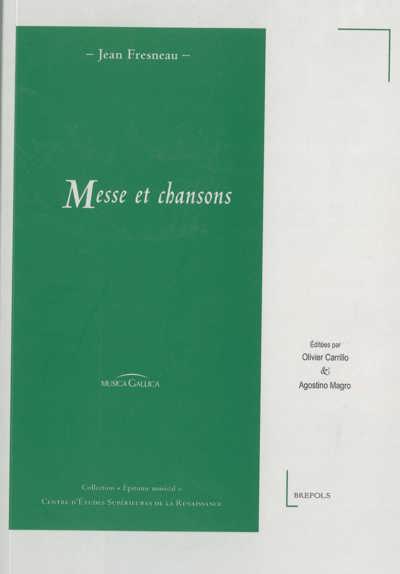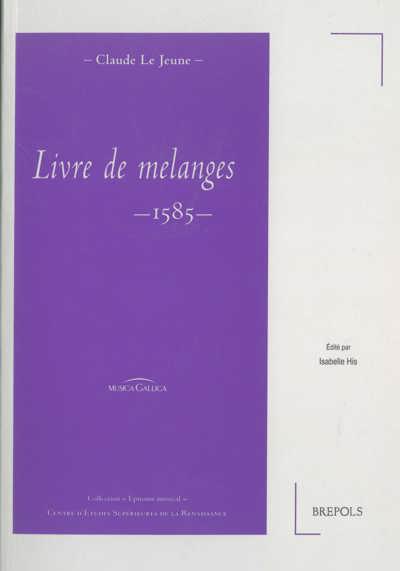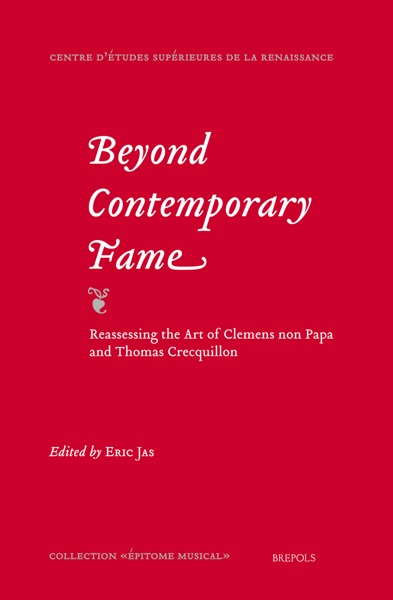
Early Music Editing
Principles, Historiography, Future Directions
Theodor Dumitrescu, Karl Kügle, Marnix van Berchum (eds)
- Pages: 290 p.
- Size:180 x 240 mm
- Illustrations:60 b/w
- Language(s):English
- Publication Year:2014
- € 75,00 EXCL. VAT RETAIL PRICE
- ISBN: 978-2-503-55151-7
- Paperback
- Out of Print
Nominated for the 2014 American Musicological Society's "Ruth A. Solie Award"
"Experienced editors will certainly want and need to read it." (John Milsom, in: Early Music, 43/3, 2015)
"(...) Early Music Editing is a superb overview of issues, and should be required reading for anyone embarking on an editing project for any early repertoire." (Ross W. Duffin, in: Speculum, 90/4, 2015, p. 1110-1112)
« Cet ouvrage nous offre un aperçu important des pratiques d’éditions de la musique ancienne ainsi que des informations pertinentes en ce qui a trait aux éditions existantes et à la discussion en cours sur les éditions numériques. L’intérêt de ce recueil sera noté non seulement par les musicologues, mais aussi par quiconque utilise les éditions de musique ancienne. » (Geneviève Barbara Bazinet, dans Intersections, 35/2, 2015, p. 123)
Is editing music a fallacy? It may appear so when consulting the Oxford English Dictionary, which defines editing as "to prepare an edition (of a literary work or works by an earlier author)," or "to prepare, set in order for publication (literary material which is wholly or in part the work of others)." Of course, the parentheses readily allow the musicologist to construct a broadened definition of editing, tacitly declaring music to be akin to literature; but doing so causes a number of other discomforts, for music, while certainly not inimical to words, simply cannot be equated with literature tout court. Even so, the OED mercilessly insists on the origins of the term within the realm of literary text production. Furthermore, as if adding insult to injury, a secondary definition of editing offered by the OED—"to prepare a film for the cinema or recordings for broadcasting, etc. (by eliminating unwanted material etc.)" —brings music into play, but hardly in the sense it is construed in this volume, namely in its written instantiation as notation. Instead, catapulting the reader from the old-fashioned realm of ink and paper into the glittery domain of twentieth- and twenty-first century multi-media art forms and their post-Gutenbergian methods of production, storage and distribution, music editing is now made present as the cleaning-up procedure preceding the release of a new product rather than the painstaking preparation of a "work or works by an earlier author" for re-publication.
